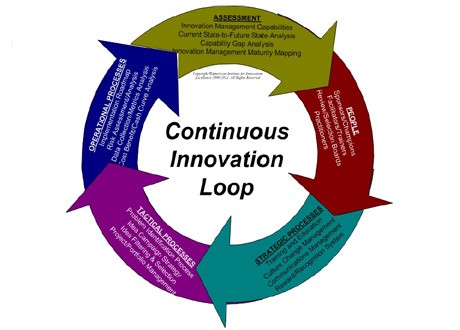Portfolio Management Models
Post on: 29 Июль, 2015 No Comment

Portfolio management refers to the art of managing various financial products and assets to help an individual earn maximum revenues with minimum risks involved in the long run. Portfolio management helps an individual to decide where and how to invest his hard earned money for guaranteed returns in the future.
Portfolio Management Models
Capital Asset Pricing Model also abbreviated as CAPM was proposed by Jack Treynor, William Sharpe, John Lintner and Jan Mossin.
When an asset needs to be added to an already well diversified portfolio, Capital Asset Pricing Model is used to calculate the asset’s rate of profit or rate of return (ROI).
In Capital Asset Pricing Model, the asset responds only to:
What are Non Diversifiable Risks ?
Risks which are similar to the entire range of assets and liabilities are called non diversifiable risks.
Where is Capital Asset Pricing Model Used ?
Capital Asset Pricing Model is used to determine the price of an individual security through security market line (SML) and how it is related to systematic risks.
What is Security Market Line ?
Security Market Line is nothing but the graphical representation of capital asset pricing model to determine the rate of return of an asset sensitive to non diversifiable risk (Beta).
Stephen Ross proposed the Arbitrage Pricing Theory in 1976.
Arbitrage Pricing Theory highlights the relationship between an asset and several similar market risk factors.
According to Arbitrage Pricing Theory, the value of an asset is dependent on macro and company specific factors.
Modern Portfolio Theory was introduced by Harry Markowitz.
According to Modern Portfolio Theory, while designing a portfolio, the ratio of each asset must be chosen and combined carefully in a portfolio for maximum returns and minimum risks.
In Modern Portfolio Theory emphasis is not laid on a single asset in a portfolio, but how each asset changes in relation to the other asset in the portfolio with reference to fluctuations in the price.
Modern Portfolio theory proposes that a portfolio manager must carefully choose various assets while designing a portfolio for maximum guaranteed returns in the future.
Value at Risk Model was proposed to calculate the risk involved in financial market. Financial markets are characterized by risks and uncertainty over the returns earned in future on various investment products. Market conditions can fluctuate anytime giving rise to major crisis.
The potential risk involved and the potential loss in value of a portfolio over a certain period of time is defined as value at risk model.
Value at Risk model is used by financial experts to estimate the risk involved in any financial portfolio over a given period of time.
Jensen’s Performance Index was proposed by Michael Jensen in 1968.
Jensen’s Performance Index is used to calculate the abnormal return of any financial asset (bonds, shares, securities) as compared to its expected return in any portfolio.
Also called Jensen’s alpha, investors prefer portfolio with abnormal returns or positive alpha.
Jensen’s alpha = Portfolio Return – [Risk Free Rate + Portfolio Beta * (Market Return – Risk Free Rate)
Treynor Index model named after Jack.L Treynor is used to calculate the excess return earned which could otherwise have been earned in a portfolio with minimum or no risk factors involved.
Where T-Treynor ratio














